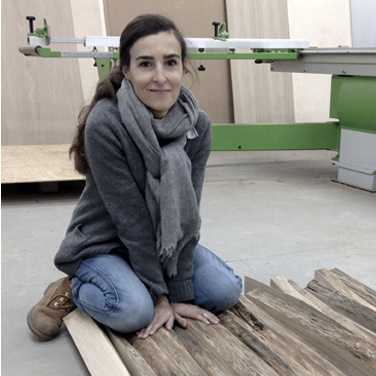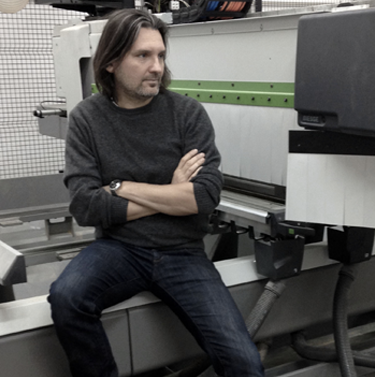Swallow’s Tail Furniture is a Warsaw, Poland based design company established by designer and artist pair Piotr Grzybowski and Magda Hubka. The name of company comes from a Polish translation of a carpenter joint -a dove tail = swallow’s tail.
STF was set up in 2014, gaining international interest thanks to the Must Have 2015 and iF Design Award 2016 awards.
Swallow’s Tail Furniture is designed with heart. All the furniture pieces can be described as being unique and of highest quality. They are minimalist and with powerful personality. STF combines traditional carpenters’ craftsmanship with modern design and the use of high technology.
A glimpse into the past, to draw inspiration from the best tradition of Art and a glimpse into the future to bring innovative ideas to life.
Swallow’s Tail Furniture stands out thanks to its balanced design. All the projects mature over time, as does good cheese, in a process engaging a team of designers, constructors and experts in furniture production technology.
“Our designs put emphasis on functionality, the quality of materials, lines and proportions, the harmony of forms.
Our products are characterized by unique and innovative construction, care being taken about every detail and perfect finishing.”
STF also has a special approach towards production. The process of creating every piece of furniture is carefully supervised by our designers, who watch over every stage of production, starting from the first sketch on paper.
Furniture made with special care to meet the highest demands of our clients. Both functional and appealing, made to last and endure beautifully.
“The purpose of our brand is to promote Polish craft tradition, resurrect unique carpentry methods with the use of the technology available. In the construction of furniture we rely on classic carpentry combinations, i.e.
dovetail joints, finger joints, fork joints, housed joints, etc. We use traditional methods of finishing furniture, shellac polish, natural waxes. We show how to use this timeless knowledge drawn from the history of development of craft in our region in the contemporary design.”


